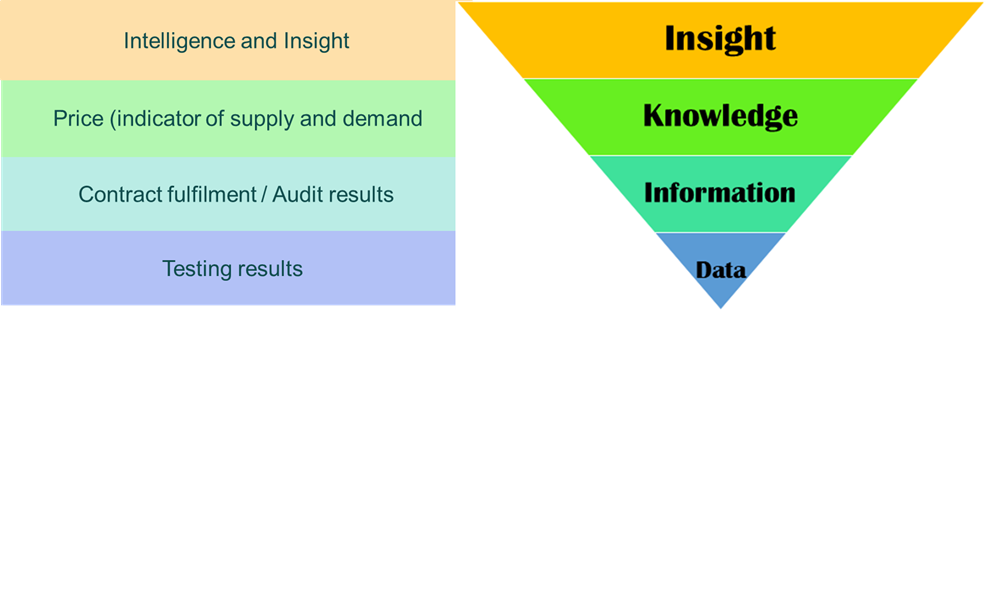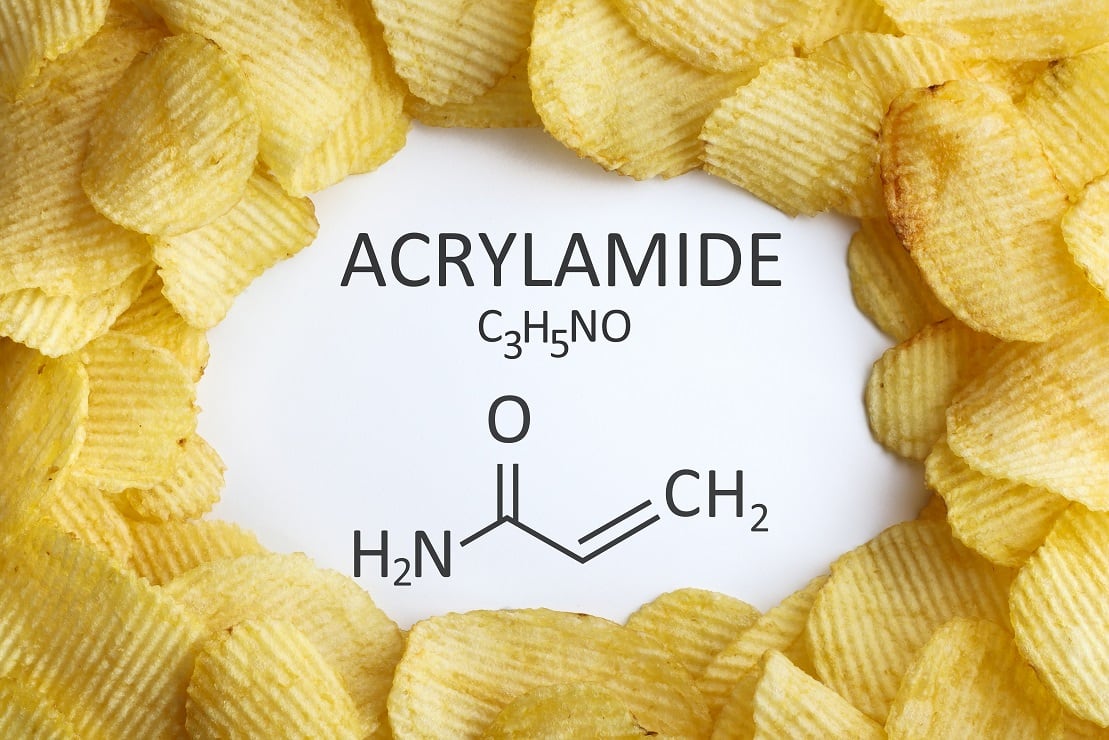Reducing testing to save cost at a time risk is increasing increases the likelihood of undetected fraud within your business. This enhanced risk would ordinarily necessitate an increase in testing budgets.
Unless you have bottomless pockets, reliance on testing for authenticity and food safety is unrealistic. Testing needs to be prioritized according to the areas of highest risk. The key to this is dynamic intelligence.
The historical approach of assessing raw materials annually and determining those with the highest risk potential is not the same as considering risk intelligence. High risk potential highlights the premium materials that can be easily adulterated. On paper these may offer the greatest financial benefit to adulterate, but this does not mean they are the highest risk.
Most adulterated materials
Google the 'most adulterated materials' and you get the same products time after time, for example honey, olive oil, maple syrup, saffron. While on paper these may look highly attractive to adulterate (high risk potential) and the testing would appear to substantiate this – however – they are likely to be the most tested materials – this does not make them the most adulterated – just the most tested therefore the most detected. That is not the same thing.
Switching thinking to intelligence led risk profiling will identify the highest risk materials in your specific supply chains.
Dynamic Intelligence Led Risk Profiling

Intelligence and insight can come from a range of sources. Food Forensics offers an interactive on-line platform – Knowledge Base – which is fully searchable and capable of risk assessment screening, covering intelligence, insight, and documented risk and enabling base risk profiling.
The company produces a monthly Risk Newsletter highlighting supply and demand imbalances, shortages, weather, or disease outbreaks (more predictive intelligence), plus reported incidences of adulteration or fraud (historical intelligence). This is effective in keeping the risk assessments updated and therefore dynamic rather than static.
Add in knowledge of factors in your specific supply chain that can also affect risk, such as price changes, changes in supplier business ownership or factory changes. Combine this with information, for instance: is the supplier shorting on contract? What was the suppliers latest audit result? These will all provide a filter for you to assess the greatest risk materials in your business. Every business risk profile will be different.
Identify the highest risk
Approaching risk in this manner will identify the highest risk at any point in time for your business, and thus the materials you should be testing. This generates data providing earned recognition where no issues are identified or a focus for further investigations if the testing results were unexpected.
Focusing testing on the vital areas rather than basing it on risk potential or the opposite, a scatter gun approach, will provide targeted validation within your specific supply chain. This approach removes unnecessary testing and ensures every test adds value to your business, not just added cost. That's crucial when testing spend is coming under pressure and at the same time risk is increasing.
Alison Johnson is managing director of Food Forensics




